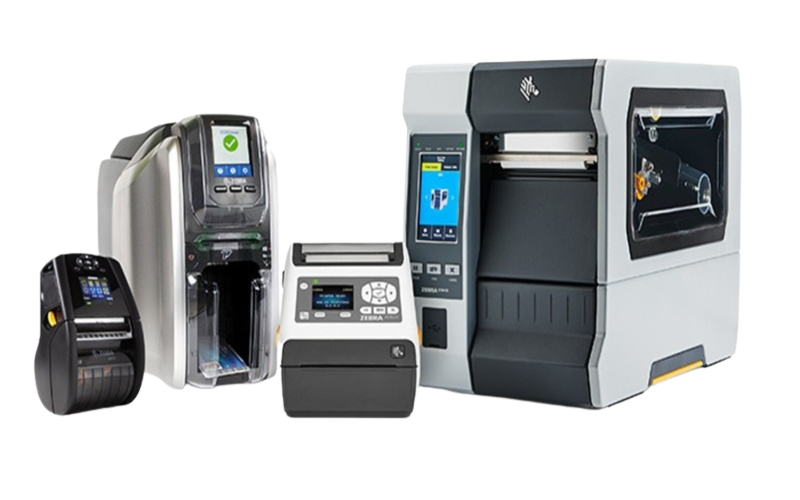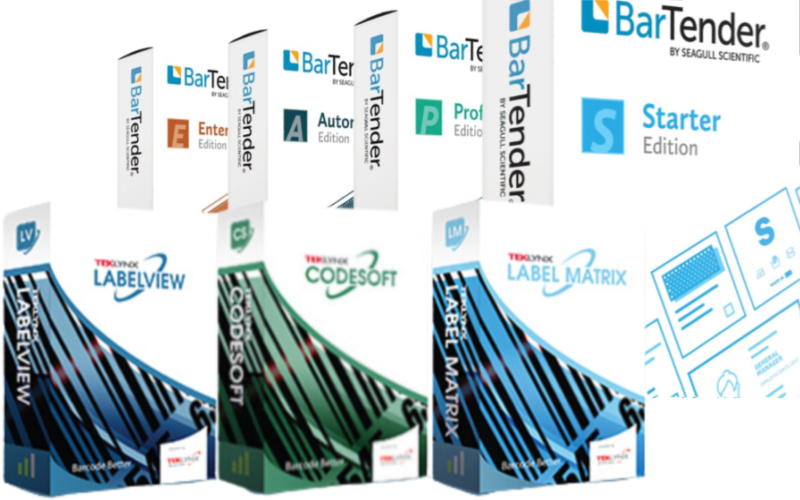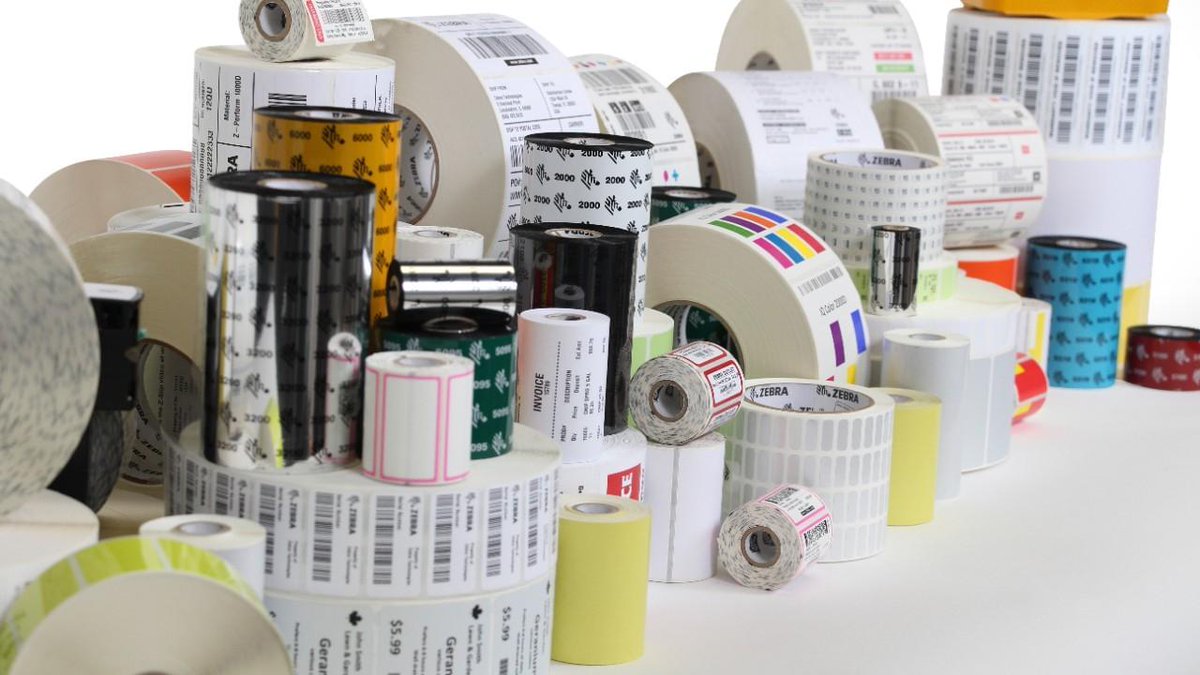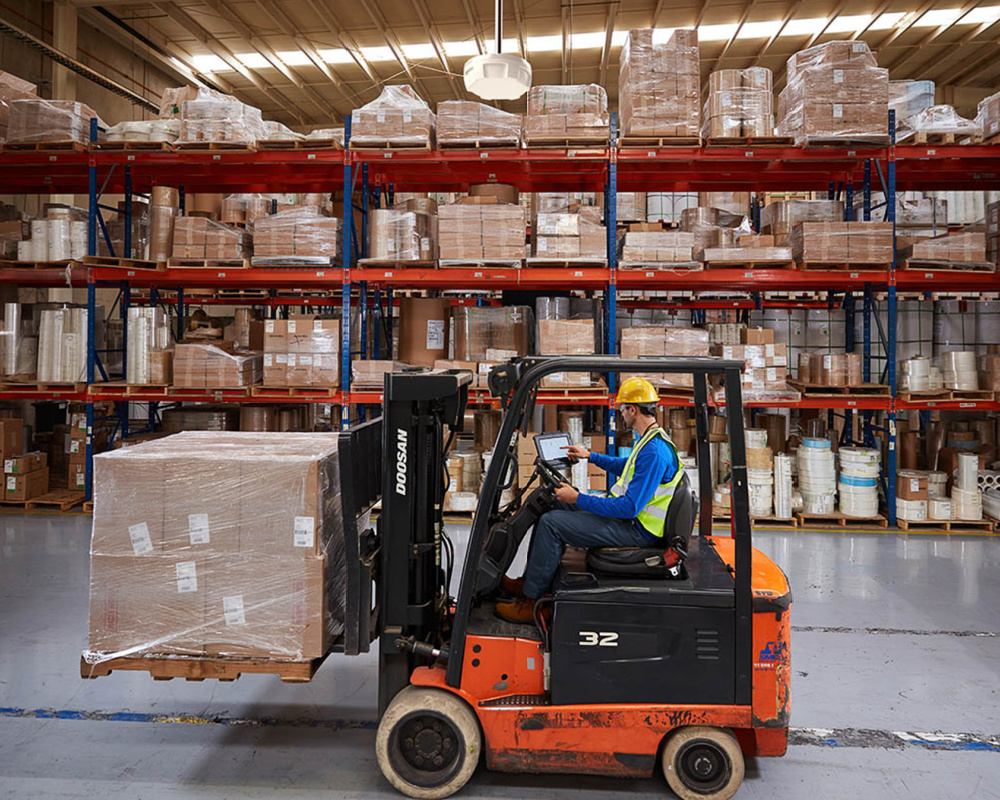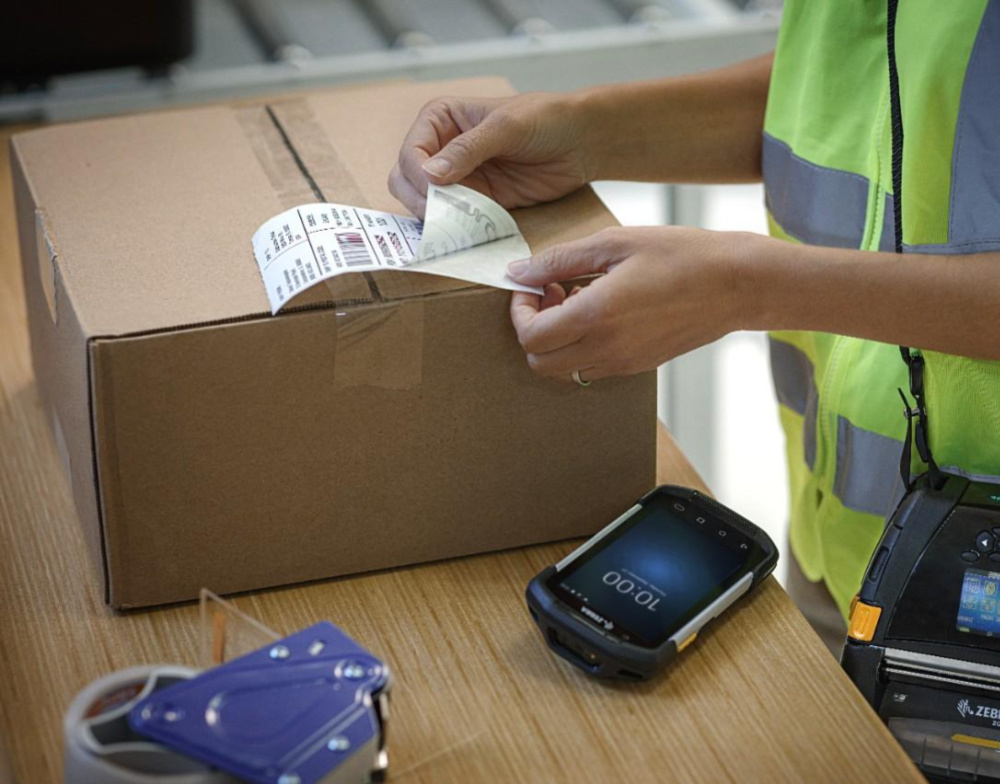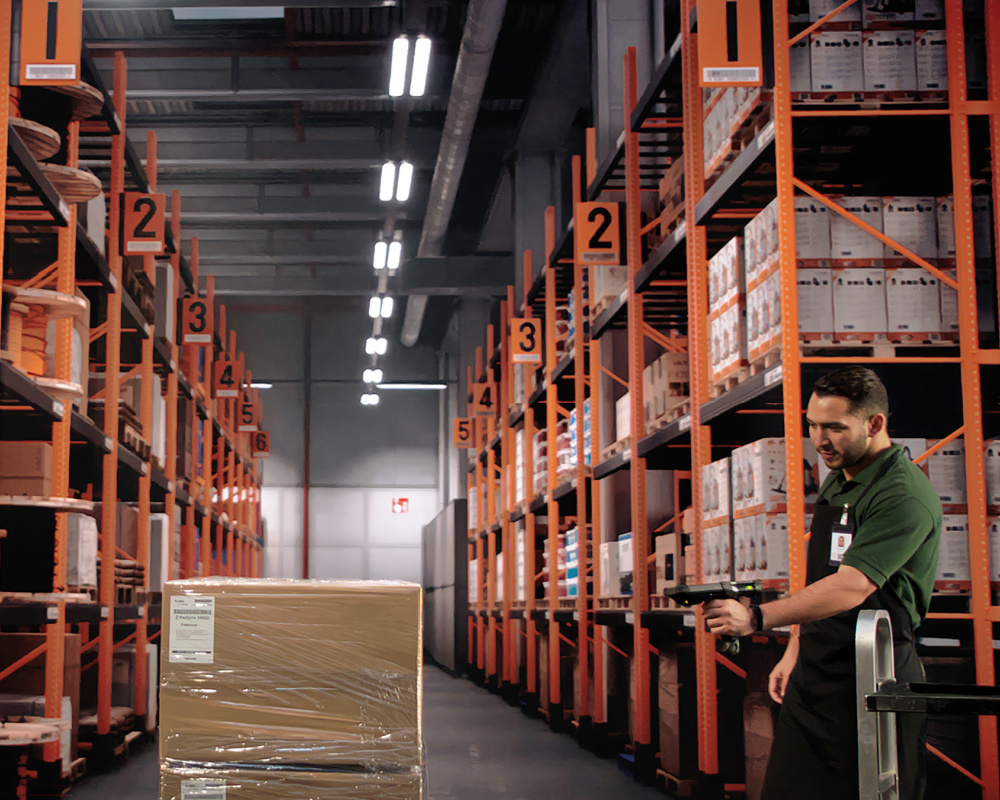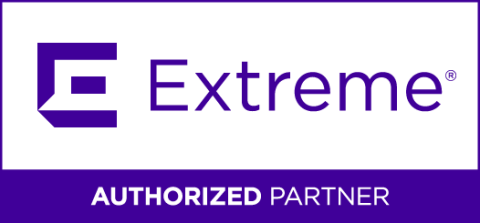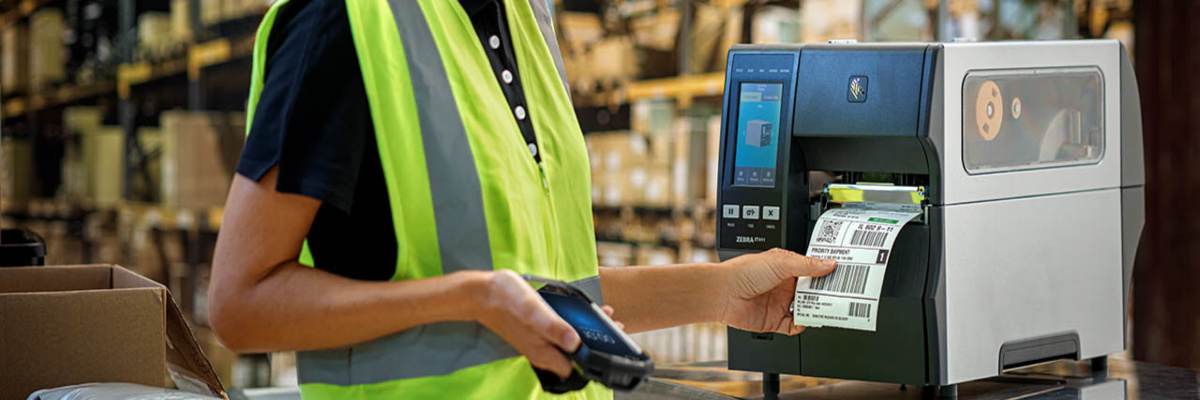
Barcode printers are an essential tool for a wide range of businesses and industries, including manufacturing, retail, and logistics. They are available in a variety of styles and sizes and can be customized to meet the specific needs of the application. With the right barcode printer and software, businesses can easily and efficiently create and print high-quality labels, improving efficiency and accuracy in inventory and logistics management. However, there are a number of factors that go into printing barcodes which makes it difficult to find the perfect solution for your printing application. That’s why we will walk through the 4 things you need to consider when choosing a barcode printer.
1. Direct Thermal, Thermal Transfer, or InkJet?
Barcode printers are specialized devices used to print barcode labels for a variety of applications, such as inventory control, product labeling, and shipping. These printers come in a variety of sizes and styles, from small, portable models to large, industrial-grade printers. Barcode printers are also available in different printing adhesives, such as thermal transfer, direct thermal, and inkjet.
Thermal Transfer:
The most common type of barcode printer is the thermal transfer printer, which uses heat to transfer ink from a ribbon to the label material. These printers are durable, reliable, and can print on a wide variety of label materials, including paper, synthetic, and metallic.
Thermal transfer printed labels are easily identified by the crisp, often glossy, printed surface. The clarity is achieved by using a thin ribbon roll that when heated by the printhead melts onto the label to form the image. The ink is absorbed so that the image becomes part of the media. When matched with suitable media, thermal transfer technology is not only impervious to heat and moisture but the image cannot be rubbed off, making the printed labels the most durable available. An additional benefit of this technology is the continuity of the printed image. Because the color and density of the printed image are determined by the ribbon and the resolution of the printer, thermal transfer printing produces consistent, reliable printing on every label. This technique provides image quality and durability that is unmatched by other on-demand printing technologies.
Direct Thermal:
The other commonly used printer is a direct thermal printer which, uses heat-sensitive paper to produce barcode labels. Because they print without a ribbon, direct thermal printers are noted for their simplicity. Direct thermal printed labels typically have a considerable shelf life but are not well suited for environments that expose them to heat, long periods of direct sunlight, or abrasion. Direct thermal printers have no ink, toner, or ribbon.
If the label is overexposed to heat, light, or other catalysts, the material will darken and make the text or barcode unreadable. For these reasons, direct thermal printing is not used for lifetime identification applications. The readability of direct thermal labels, wristbands, and receipt papers varies greatly, depending on the usage conditions, but the technology provides ample lifespan for many common barcode printing applications including shipping labels, patient and visitor identification, receipts, and ticket printing.
Inkjet:
Inkjet printers use inkjet technology to print barcode labels and are typically used for printing high-quality, full-color labels. They spray microscopic droplets of ink onto paper and are generally cheaper, smaller, and can be used to print both text documents and high-quality colored images, especially photos.
2. Choosing The Proper Material
Another important factor to consider when choosing a barcode printer is the type of label material it can print on. Most barcode printers can print on a variety of label materials, including paper, synthetic, and metallic. However, some printers are designed to print on specific types of label materials, such as thermal transfer printers that are designed to print on synthetic materials. This makes choosing a material for your barcode labels equally as important and also depends ultimately on what you intend to use them for and the kinds of environments they will be exposed to. There are many different types of materials suited to different applications.
Paper Labels:
Paper labels are a solid choice for general applications utilizing direct thermal technology. You can use paper labels on shipping labels, inventory labeling, and work-in-progress goods that still need to be produced into the final product. They work well in most common applications and non-specific environments but tend to be less durable than other types. There are a number of variations when it comes to choosing a paper label.
Synthetic Labels:
Mainly used for thermal transfer, synthetic materials are best for barcodes that need to last a long time under harsh conditions. Exactly what kind of conditions alters the type of synthetic material used:
-
Polypropylene Labels: Polypropylene is oil, water, and tear-resistant, making these labels durable when not exposed to extreme weather or chemicals. They are only slightly more expensive than paper labels making them a good choice for low-level durability.
-
Polyester Labels: Polyester labels are the most durable type of labels and the ideal choice for heavy use and rugged environments. They are resistant to water, oil, scratching, and chemical exposure, but are relatively rigid, making them unsuitable for curved surfaces. They are the ideal choice for outdoor use, harsh conditions, or exposure to chemicals.
-
Polyethylene Labels: Polyethylene is also a less rigid material than polyester and is ideal for use on curved surfaces such as bottles or vials. It is water and chemical resistant.
-
Polyimide Labels: Polyimide is a polymeric plastic material that is designed specifically for long-term durability at very high heat (Can withstand temperatures up to 250°C). It is thermally very stable, and a good choice for use in electronics.
-
Vinyl Labels: Vinyl labels with a strong adhesive are especially tamper-resistant, breaking up into small pieces if removal is attempted.

